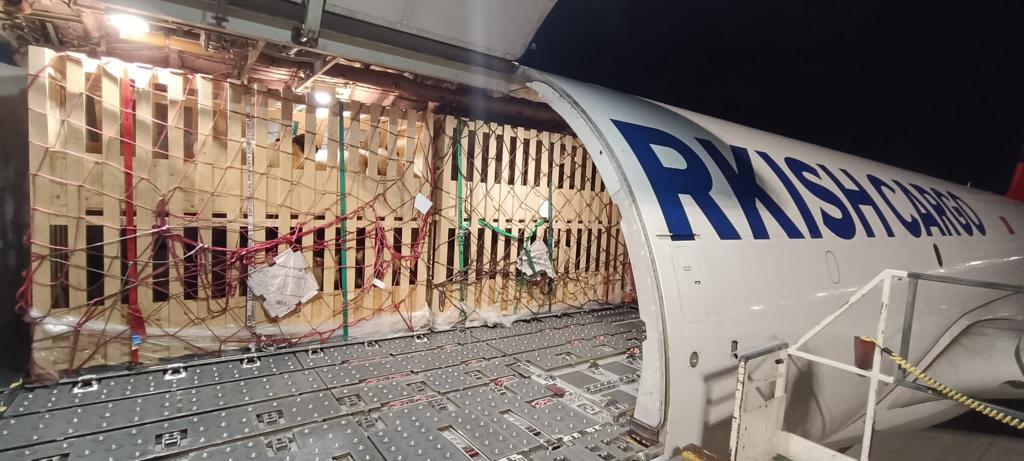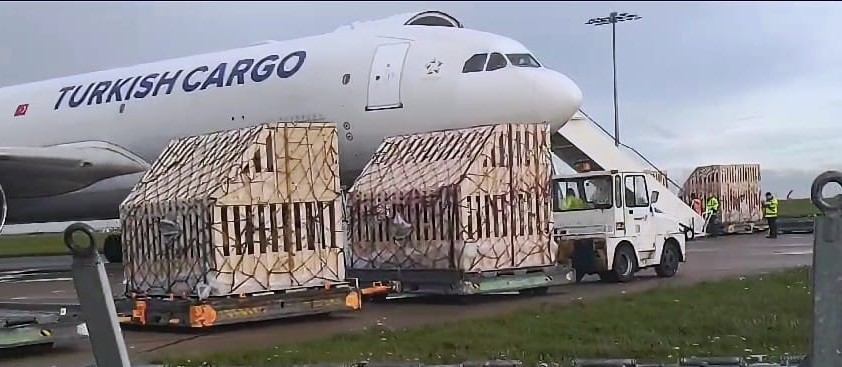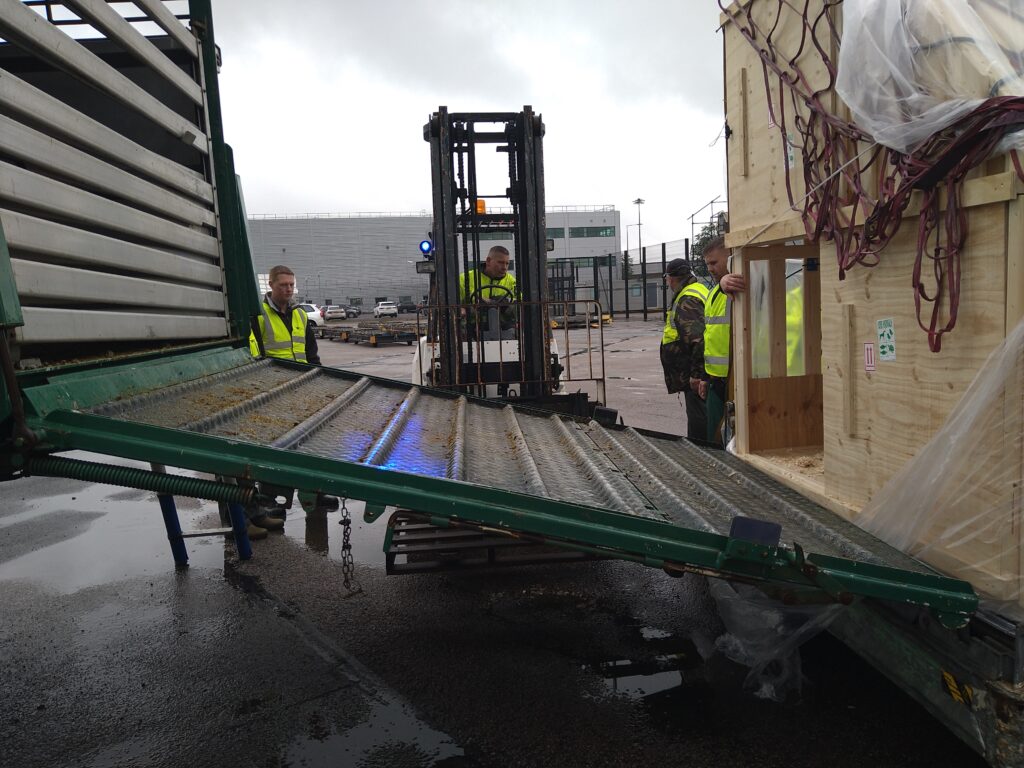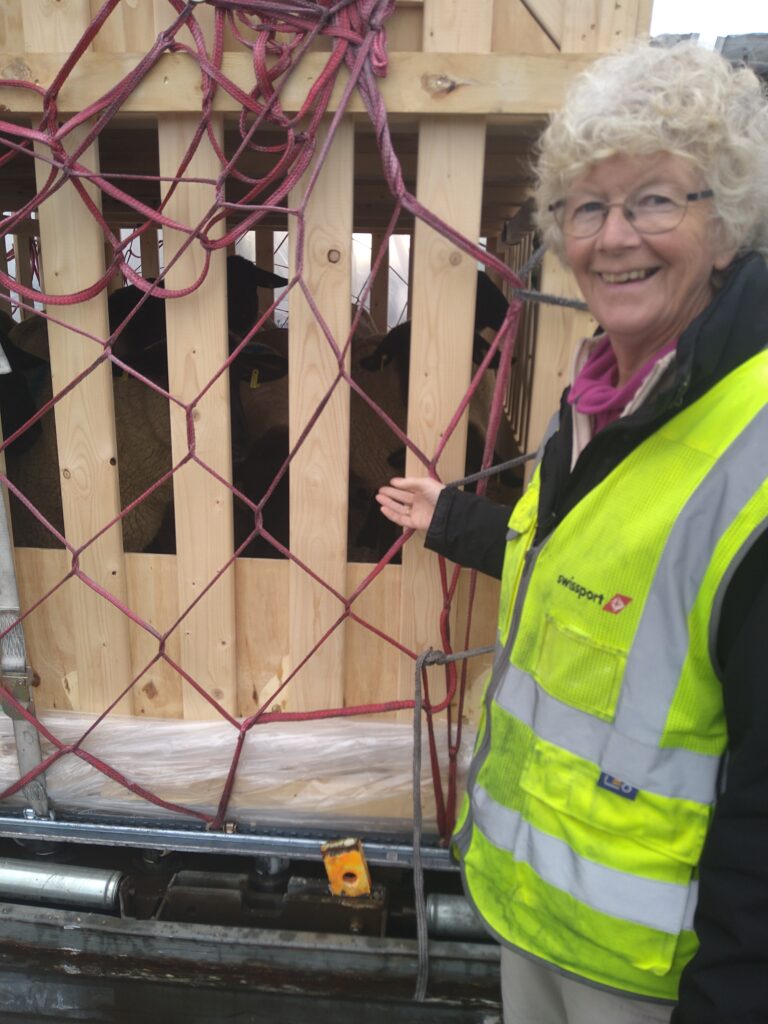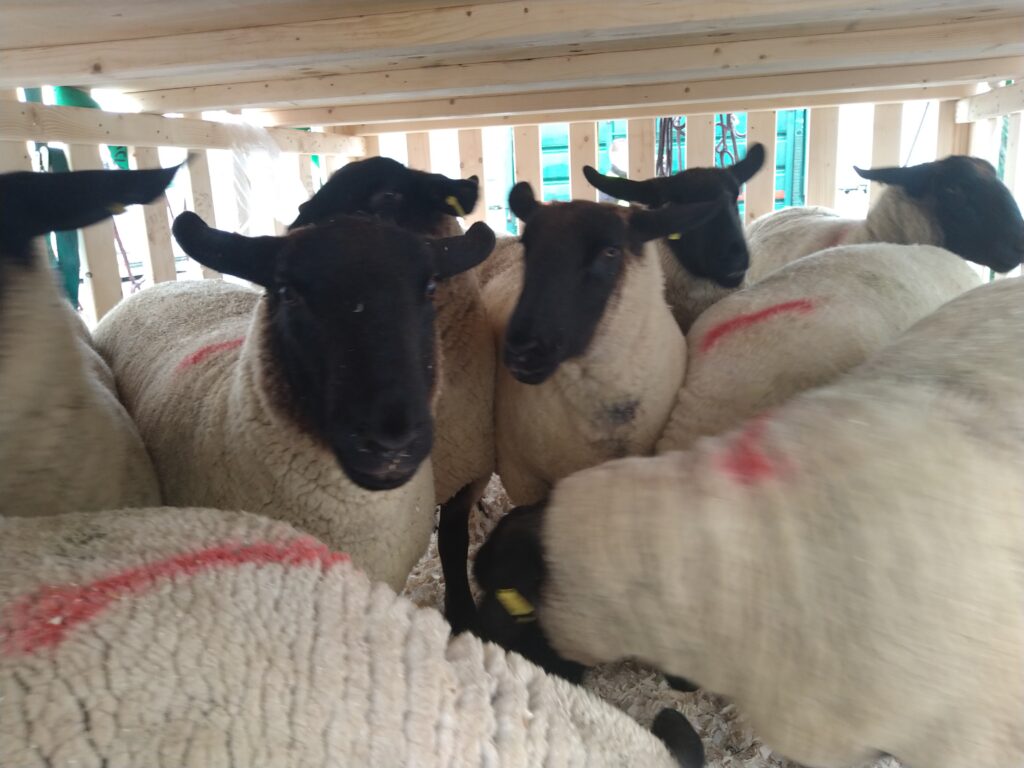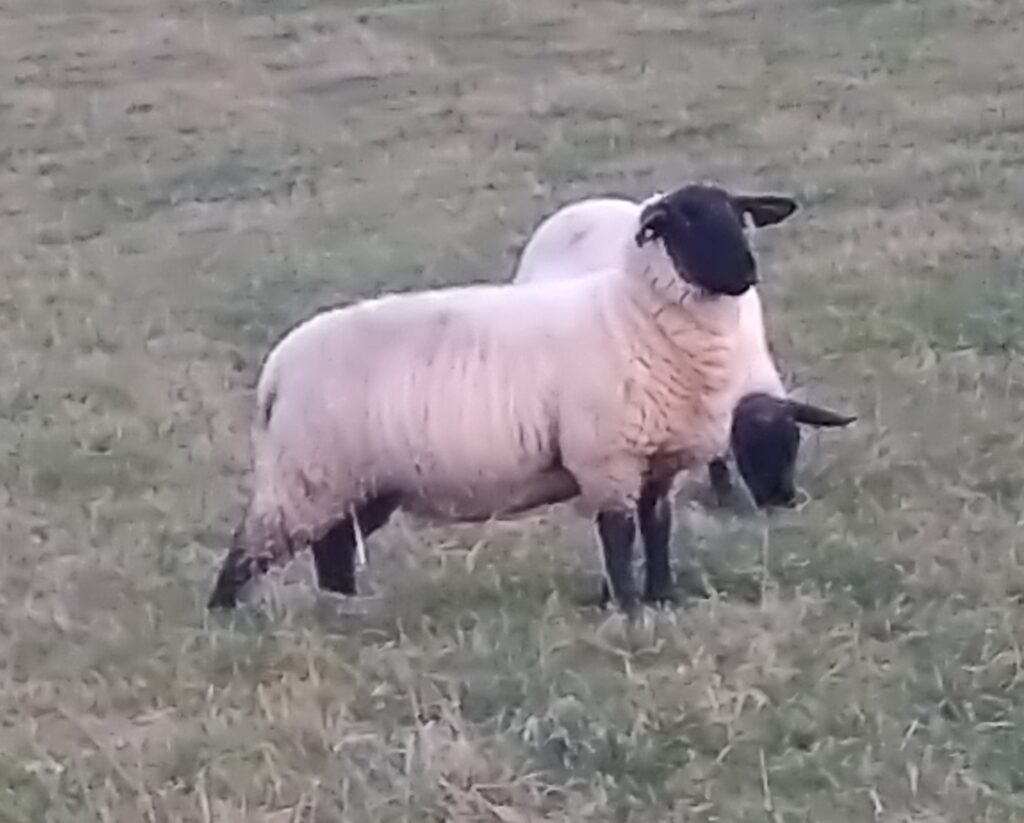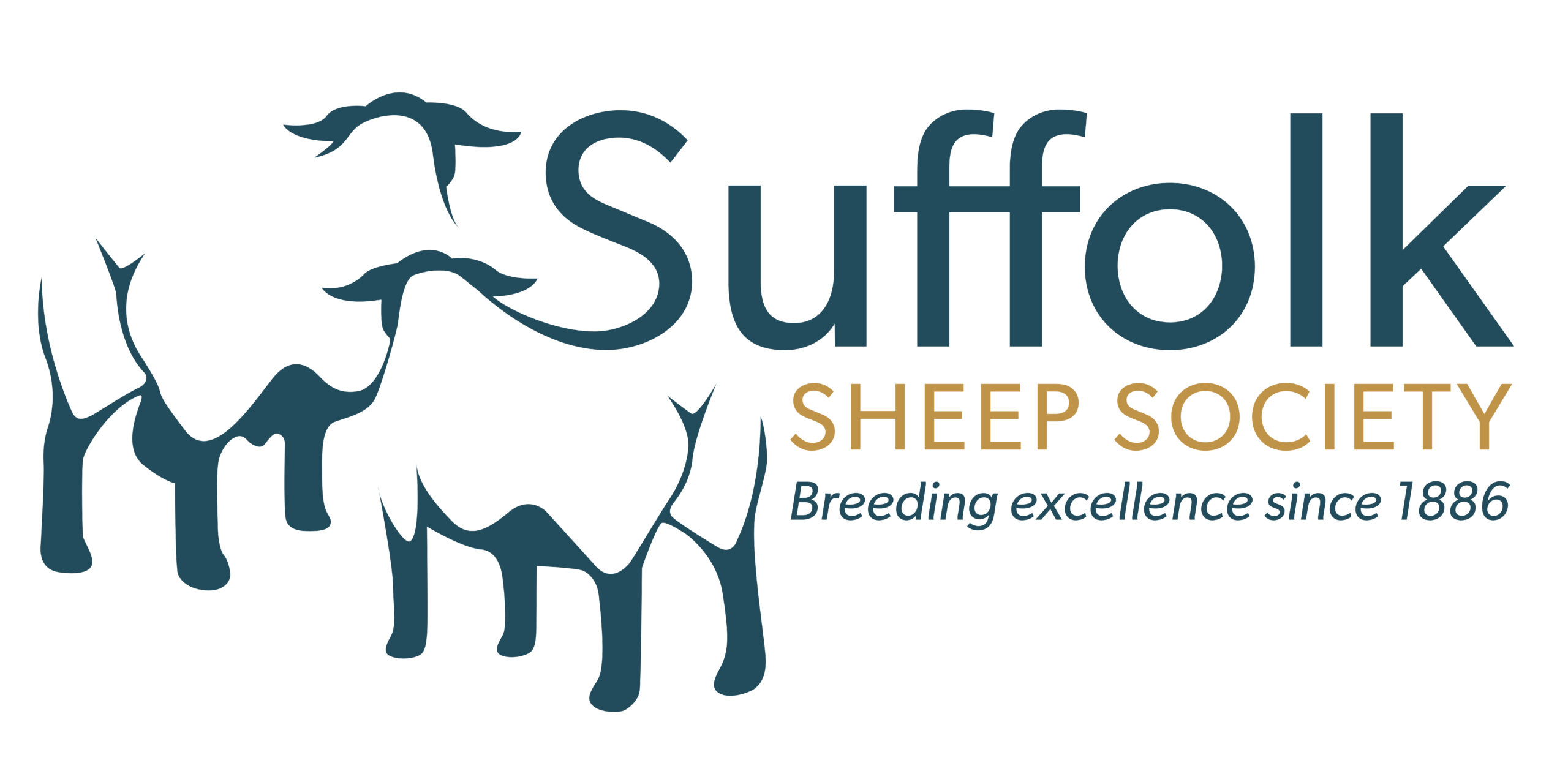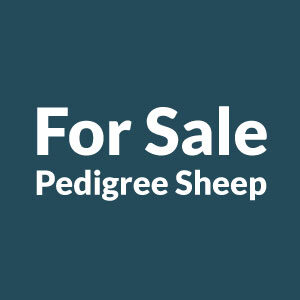Suffolk sheep from Great Britain and Northern Ireland have a well-deserved reputation for growth and carcase attributes across the world. As is often the case when exporting sheep, breeders from overseas want to know about the breeding merit of the stock they are buying, and Signet are delighted to be able to offer this information; data that has been pivotal in securing several large export sales in recent years.
Irene Fowlie’s Essie Suffolks are a leading flock in every sense of the word, having lifted the genetic merit of the flock for growth rate by over 10kg over the last 3 decades. Through selective breeding and using the CT scanner to increase the yield of muscle in the carcase of the average Essie lamb by nearly a kilogramme – a phenomenal achievement. It is great to hear that breeders in other countries recognise the value of this work and are investing in their success.
Irene has contributed an account of their commitment and drive to succeed in the export market below and never to be beaten this labour of love finally worked out.
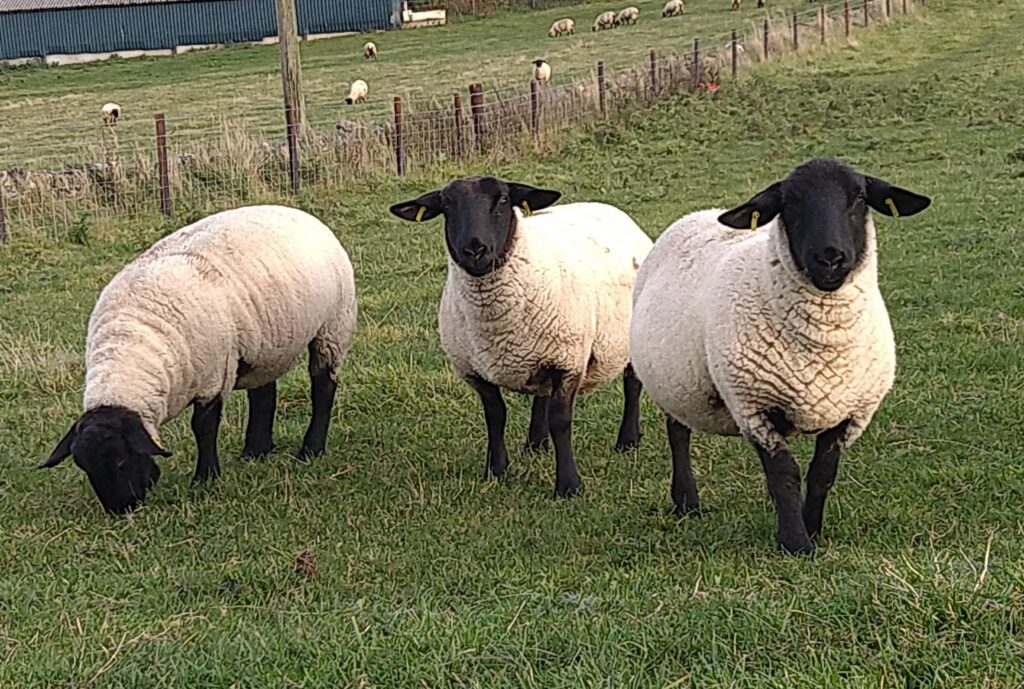
73 Pedigree Suffolk sheep were exported by air from Fraserburgh, Aberdeenshire to Georgia, Eastern Europe on 20/21st October 2023.
It all started in Feb 2021 when they [buyers] contacted me about the purchase of females and males from my flock. They wanted Pedigree Suffolk sheep which were both very high health and at the top of the Performance Recorded Index.
The Essie flock was well placed because it is MV Accredited, in the Scrapie Monitored Scheme for 14 years, tested clear of CLA for the same time and in the top 1% of UK Performance Recorded pedigree Suffolks. There was no Export Health Certificate from UK to Georgia at that point, so I worked with DEFRA/APHA and their government to devise this agreement.
After months of negotiations, we finally exported 36 Essie Suffolk sheep (32 females and 4 rams) to Georgia by air in July 2021. No sooner had they landed than the buyers wanted to buy twice as many the next year.
They wanted to transport them by road last year because of the cost of air travel. Despite the language difficulties, we organised a Polish road transporter, whom the buyers had used successfully to transport dairy cows from Holland to Georgia, to undertake the export. However, at the last-minute DEFRA refused permission on welfare grounds.
The buyers renewed their request to buy my sheep this year. Never daunted, I persuaded the buyers to go by air again and so they ordered twice as many as two years ago. Once the contract was signed, we had to quarantine them and take 5 blood tests and a TB test on each sheep with each sample recorded a month before their departure date.
We also had to weigh every sheep and they were then assigned a specific place in each crate to ensure that their weight was evenly distributed. The ewe lambs and gimmers ranged from 55 kgs to 100 kgs. I called it a “seating plan”. Each sheep was then sprayed a specific colour accordingly. Special wooden crates were built in Holland and shipped to Stansted Airport in time for the flight. The lorry to the airport had to have a Type 2 Licence, with satellite tracking.
The paperwork to get the sheep to Georgia is unbelievable. We needed a Certificate of Origin ratified by the Chamber of Commerce and an EOR number from HMRC. Georgia could not send an Import Permit until they received the Export Health Certificate signed by the vet (who once again had to inspect the sheep) which they had to have within 24 hours of the sheep leaving the farm.
The journey south was very demanding as the lorry left just hours before Storm Babet caused so much disruption and floods. Jim and I battled the wind and rain too as we were determined to see them off.
The first task was to clear Customs for both the sheep and all personnel. Transferring the sheep from the 6 sections on the lorry to the 8 parts of the double tier crates according to the “seating plan” on the runway with no sheep handling gates was indeed challenging. Fortunately, we had clearance to go airside and lend a hand. All the staff were very helpful. The pilot even invited us up to the cockpit and we were lucky enough to see the loaded crates being transported up into the hold of the plane, which had to be air-conditioned and maintained at a temperature between 4- and 8-degrees C.
I struck up a friendship with the Turkish air crew who sent me photos and videos from all the destinations, Maastricht in the Netherlands, Istanbul in Turkey and on to Tbilisi in Georgia. I was so relieved when I received from the buyers of the sheep a video and a photo of the sheep leaving the crates in the olive grove in Georgia. When I watched them stepping out of the crate, I felt myself being transported to Georgia.
The buyers plan to improve the very old Georgian sheep breeds which have traditionally been bred for milk, cheesemaking and wool and to expand their foundation flock and to develop a new Suffolk flock with impressive growth and meat confirmation.
